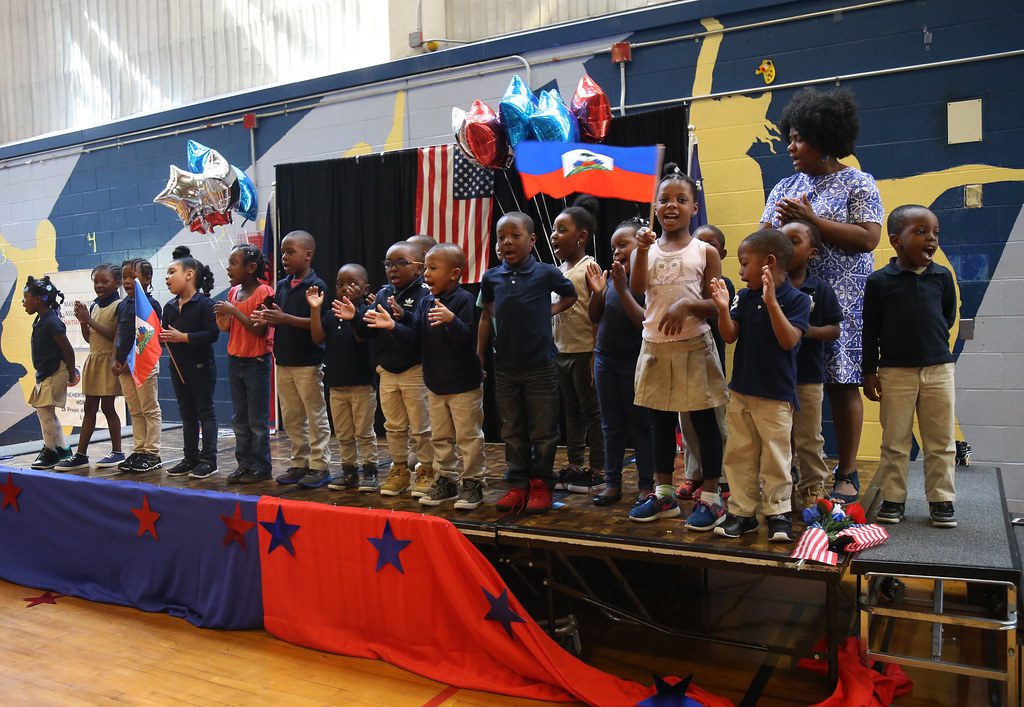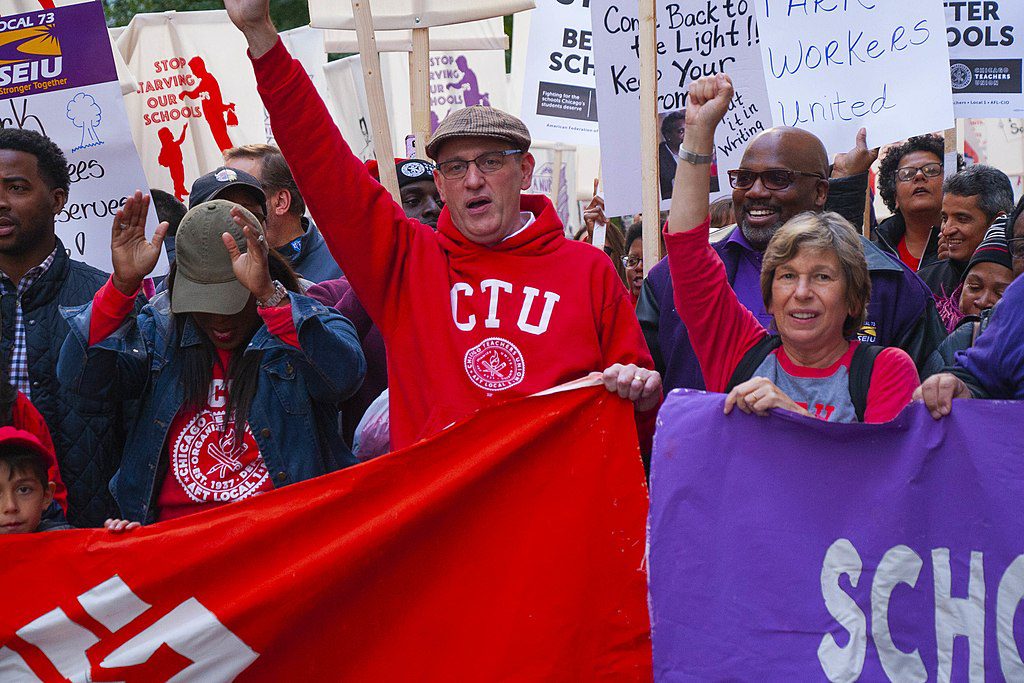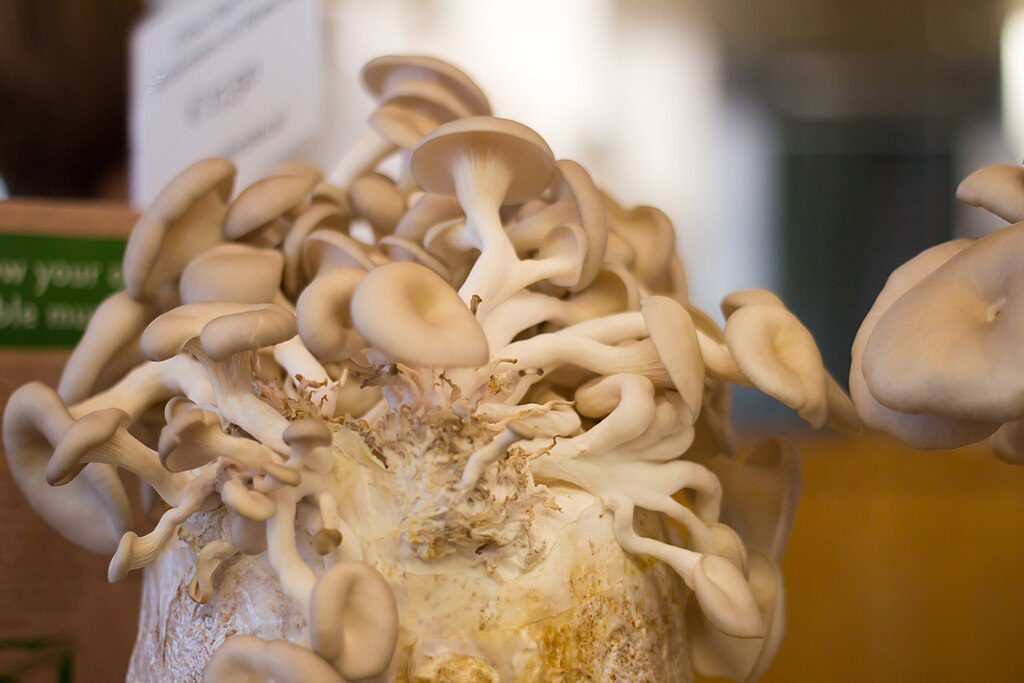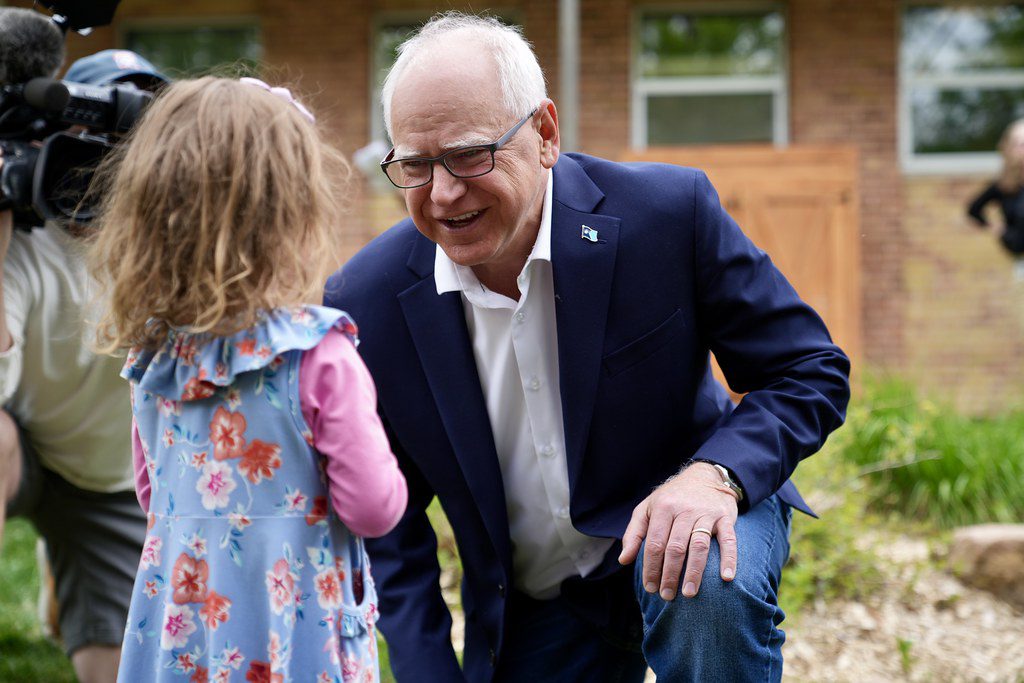Click here to read the article on LA Progressive.
Headbutting and friction continue in the battle of big ideas vs. entrenched leadership.
There was an ironic moment in former President Barack Obama’s speech at the 2024 Democratic National Convention (DNC) in Chicago when he brought up the passing of his wife Michelle’s mother Marian Robinson who, he noted, was raised in the South Side of Chicago and attended Englewood High School.
He likely brought up the details of Robinson’s upbringing as bona fides of her roots in a big city Black community. But the irony was that Englewood High School was closed in 2005 by Obama’s basketball friend—who later served as his secretary of education—Arne Duncan when he was the CEO of Chicago Public Schools from 2001 to 2008. That moment, as obscure as it was, came across as yet another signal—not lost to other astute observers—of how the Democratic Party is struggling to turn from its love affair with neoliberal policy to embrace a new politics of progressive populism that claims to care about families and workers.
That struggle is especially tricky in the education policy arena where Democrats have a lengthy history of imposing neoliberal policy ideas such as charter schools, vouchers, and standardized testing that led to labeling public schools as failures, closing them down, and ramping up charter school industry corruption.
Nowhere has that neoliberal agenda been more controversial than in Chicago, where Democratic political leaders such as Duncan and the city’s former Democratic mayors, including Richard Daley and Rahm Emanuel, imposed deeply unpopular policies largely driven by budget austerity, business narrowmindedness, complicated financial deals with Wall Street banks, and the privatization of public assets.
In the city’s newest political flare-up, the Chicago Teachers Union (CTU) and leaders of Chicago Public Schools (CPS) are engaged in a contentious contract negotiation in which the union has called for a progressive agenda that not only includes pay increases for teachers and school staff but also steps to mitigate climate change, end the gender pay gap for CPS employees, eliminate homelessness for families of CPS students, provide paid parental leave for CPS employees, and aid new immigrant families.
So far, negotiations over pay have drawn the most media attention. The union has asked “for a 9 percent pay increase,” Chalkbeat reported in August 2024. The CPS CEO Pedro Martinez appeared poised to offer raises of “between 4 percent and 5 percent,” according to WBEZ. However, CTU stated in its September 9 contract negotiations update that CPS has yet to address about 50 percent of the union’s proposals.
CPS’s resistance is especially frustrating to progressive advocates in Chicago who’ve been advocating for strengthening the public schools system since at least the 1990s. Despite their success, the hurdles these advocates continue to face have left them frustrated.
Over the decades of their activism, CTU and public school advocates fought for and won previous contracts that resulted in reduced class sizes, salary increases for teachers and school staff, funding for more social workers, nurses and librarians in schools, and a commitment from the district to fund and pilot the community schools approach.
CTU and its supporters doggedly opposed and finally toppled adversarial mayors to elect one of their own in Mayor Brandon Johnson, a former school teacher and CTU organizer. They advocated and pushed through progressive policies such as enacting a moratorium on new charter schools, transitioning school governance from mayoral control to an elected school board, and “ending student-based budgeting” that formed the basis of the city’s school choice agenda.
While Chicago teachers were successfully making progressive change in Chicago, Democrats took control of the Illinois state legislature, and with the election of J.B. Pritzker in 2018, elected one of the nation’s most progressive governors, although he has rejected calls for the state to help make up the budget shortfall for CPS.
Despite these wins, Chicago teachers and public school advocates find themselves in the same position they’ve long been in—butting heads with an entrenched leadership status quo, created largely by Democrats.
What’s at stake is enormous for Chicago but also important to the Democratic Party nationally as it attempts to remake itself into the party that now claims to care the most about workers and families.
‘Good Enough’ Schools
What’s stymieing negotiations between CTU and the district, according to Chalkbeat and other media outlets, is that the union’s “demands come as the district and city face budget deficits, with no clear path to securing extra funding for schools.”
Martinez has claimed that CTU’s contract proposals would “result in a deficit of at least $2.9 billion for the 2025-26 school year,” WBEZ reported, leading to “a hole more than five times the current projection and growing as large as $4 billion by 2028.”
And although the state increased funding for CPS in 2024 by $25.8 million, Chalkbeat reported, that’s still “$1 billion short of what the state’s formula considers adequate funding.”
Yet not everyone agrees that money is the issue.
According to CTU President Stacy Davis Gates, who Our Schools interviewed, “The push and pull you’re seeing in CTU’s negotiations with the district is mostly indicative of a years-long struggle to remake the district into a system of care.”
“It’s about challenging an education system that, from the beginning, was designed to be just good enough,” she said. “‘Good enough’ meant [providing] workers for the business elites who wanted the district to operate as a system to train future workers for their factories and stockyards. But ‘good enough’ doesn’t really work for [today’s] families.”
Remaking schools into better systems of care was not on the agenda when Chicago leaders closed Englewood and scores of other Chicago schools. Those schools were closed due to “underperformance” (although displaced students often fared even worse in their new schools) and financial inefficiency (which was also not alleviated by school closures).
Davis Gates conceded that what her union is asking for will cost the city and the state a lot more money. But she expressed frustration with how any political regime that claims to care about the well-being of families and children’s academic success could not come up with money to address the adverse conditions that Chicago families often face.
“My experience teaching social studies… clarified that the work I did in the classroom as a teacher was only a percentage of what was needed for students to have a full opportunity to access high-quality education,” she told Our Schools. “For instance, we have 20,000 students in our district who are unhoused. This creates many challenges for how we educate them when they spent the night in a car, a shelter, or couch surfing with relatives or friends. Being unhoused also creates social and emotional challenges for students.”
When questioned about the need to spend more money on innovations like community schools, she pointed to Cameron Magnet School of the Arts, an elementary school in the Humboldt Park neighborhood. When an influx of about 100 migrant students suddenly enrolled in the school, Cameron could respond more effectively because it was reorganized and funded to operate as a community school.
In a system of care, Davis Gates said, “You have a restorative justice coordinator in every school. You have librarians, nurses, and social workers in every school.”
‘They Fired All of Us, Even the Lunch Ladies’
Davis Gates began her teaching career in 2004 at Englewood High School and was in her second year when Duncan announced the school would be shut down and replaced by smaller schools, a neoliberal policy fad that many big-city school districts fell for at the time.
Jackson Potter, current vice president of CTU, started teaching at Englewood in 2002 and told Our Schools what it was like to have Englewood shut down.
“It was extraordinarily traumatic for our families,” he recalled. “Duncan called our school a ‘cultural failure,’ which was deeply felt as an insult by the entire community. Yes, Englewood was a school with problems. But Duncan inflicted deep trauma on teachers and students.”
“The mantra at the time was all about low test scores and graduation rates. As a new teacher it struck me as absurd,” he said. “So you’re saying I caused this, and you’re blaming these veteran Black teachers? And these were incredible teachers with deep roots in the community who knew our families and knew just what to do when one of our students was in a crisis.”
“The years of disinvestment our school had endured, the economic dislocation of our community, and the racial disparities of the city, all of that was discounted,” he said. “So they fired all of us, even the lunch ladies.”
Like Davis Gates, Potter said that in the current union contract negotiations, “Money is a piece of the puzzle but not the whole issue.” He brought up examples where CTU has collaborated with the district to acquire additional funding from federal and state sources, including a federal grant of $20 million for electric buses. “But we always have to push for it,” he said.
Potter told of how CTU proposed, as a cost-saving measure, for the district to change its teacher evaluation cycle from every two to three years. Due to its limited staff, the district already fails to evaluate some 2,000 teachers each year, Potter explained, so why not stretch the limited number of evaluators over a longer period? “But they won’t agree to that,” he added.
He also questioned why CPS has never applied for grants given out by the state’s Illinois Shines program for retrofitting public school buildings with solar panels.
“It’s not just lack of funds. It’s obstinance,” he said.
Potter agrees that more recently there’s been a turning away from some of the past school reform ideas that drove CPS policymaking. But he questions why staff positions created during the reform era are still there, such as an Office of Portfolio Management, a reference to a neoliberal approach in which school leaders run school districts as if they were Wall Street managers overseeing a portfolio of investments.
“A lot of resistance has hardened over decades, and we’re trying to create a new pathway forward. But that’s going to mean the city has to take on local power brokers, big banks, and powerful opponents in state government,” he said.
Both Sides Are Right
Which side is right in this back-and-forth on funding between CTU and the district? “Both,” said Ralph Martire in an interview with Our Schools.
Martire is executive director of the Center for Tax and Budget Accountability, a Chicago-based think tank that analyzes public policy through a social and economic justice lens. He also served on the legislatively established Professional Review Panel that was charged with monitoring the implementation of Illinois’s evidence-based funding (EBF) formula for the state’s K-12 public schools.
“In 2017, Illinois went from the worst to the best in education funding by enacting EBF,” he said.
According to Martire, EBF identifies a funding adequacy target for every school based on 27 research-based targets that include factors like the presence of students from low-income households, the percentage of students who are English language speakers, and school staffing levels.
“The priorities CPS is pushing for in its contract negotiation are all good,” he said. “In fact, many are the very things that EBF prioritizes in its funding formula. And there’s no doubt that the state’s funding of CPS is not adequate even as defined by the EBF model.”
“But under current circumstances, it would be really tough for CPS to come up with the necessary funding to support [all of the union’s priorities]” he said. “Unless the state makes a big jump in funding, it’s hard to see how the district gets out of this situation.”
What’s preventing that “big jump,” according to Martire, is that both the city of Chicago and the state of Illinois don’t have a graduated income tax. Every tax and fee that governments have available, he explained, are regressive except for two: a graduated income tax and an inheritance tax. But when Illinois voters had the chance to change the state’s income tax from a flat rate to a graduated tax in 2020, they rejected it.
“Illinois taxation is still mostly overreliant on local property wealth,” Martire said. Consequently, “growth in funding is not keeping pace with public needs.”
Cassie Creswell, executive director and president of Illinois Families for Public Schools, generally agrees with Martire’s assessment.
“[CPS’s] fundamental fiscal situation, created by decades of privatization on top of under-resourcing its schools, isn’t truly in the CPS board or CTU’s hands,” she wrote in an email to Our Schools. “Illinois’s structural deficit means we are underfunding all of our social and human services, and until we have the ability to levy a graduated income tax at the state level, I’m not optimistic about [CPS’s] finances, and, as a result, [the district’s] ability to make the resources available that CPS students need and deserve.”
Yet, despite the fiscal difficulty of paying for the schools “CPS students need and deserve,” to use Creswell’s words, there are other political dynamics at play as well.
Paul Zavitkovsky former CPS principal and retired EdD program leadership coach for the Center for Urban Education Leadership told Our Schools it’s not clear to him why CTU isn’t finding common ground with the current CPS board.
Since 2019, there have been new CPS board appointees and central office staff hires who would embrace greater collaboration with teachers, according to Zavitkovsky. “They are working hard to redress problems of assessments that weren’t working. They’ve recognized that sanctions alone aren’t helpful.”
He doesn’t disagree that what the teachers are asking for would make positive contributions to student achievements and create much greater academic gains than seen during the neoliberal reform agenda.
But he wonders if CTU isn’t trying to push a political advantage.
“CTU has had lots of good reasons to be adversarial,” he said. “Perhaps they believe they’ve been beaten up for so long that it’s time to make the best of what advantage they have.”
‘A Philosophical Problem’
Arne Duncan once bragged about what he did to Englewood High School.
In 2011, New York City math teacher and blogger Gary Rubinstein caught Duncan at a national conference of Teach for America—a private, nonprofit that flourished, in part, because of policies Duncan enacted as secretary of education—saying that one of the charter schools that had replaced Englewood had produced better results with the “same children.” As Rubinstein explained, that wasn’t really true because the charter, Urban Prep, cleverly manipulated its student enrollment and graduation statistics to make itself look better.
Since 2022, at least, CPS has been trying to shut down two campuses of Urban Prep due to “allegations” that the school had “mismanaged finances and failed to comply with special education laws, as well as accusations that the school’s founder, Tim King, sexually abused a now-former student,” Chalkbeat reported in 2023. Another article by Chalkbeat in 2024 said that a state appellate court allowed the closure to proceed.
Another school that replaced Englewood, TEAM Englewood, was shut down by the district in 2018 after years of losing students and funding.
It’s not at all clear that the current acrimony between CPS and the union resembles a political grudge match, as Zavitkovsky suggested. But what’s obvious is that Democratic lawmakers, both nationally and in Chicago, who claim the party is pivoting to a policy agenda driven by care rather than political calculation will need to prove that the party’s past isn’t a prologue.
Martire, for one, expressed deep frustration with the situation Democratic leaders have put themselves into, calling it “a philosophical problem.”
“Chicago has a fiscal crisis that conservatives had the brilliance to create,” he said. They understood, according to him, that once government institutions have inadequate capacity to pay for things, they will have inadequate outcomes. But paying for improvements is always a problem because tax increases are unpopular.
So they steadfastly fought any tax increases, realizing that eventually cutting off money would rob government systems of the capacity to produce desirable outcomes, make institutions like public schools dysfunctional, and help convince people that pouring more money into them was wasteful.
Conservatives played the long game Martire described so well that even Democrats, like Duncan, started calling public schools “cultural failures.”
“So now,” Martire said, “neither Illinois nor CPS currently has the financial capacity to do the job of educating students.”
This isn’t to say that campaigning to raise everyone’s taxes would be a winning political strategy.
But should Democrats want to make good on their new promise to be a champion for families and working people, patching up the party’s tattered relationship with organized teachers seems like a good idea, and Chicago is a great place to start.
Click here to read the article on LA Progressive.
Jeff Bryant is a writing fellow and chief correspondent for Our Schools. He is a communications consultant, freelance writer, advocacy journalist, and director of the Education Opportunity Network, a strategy and messaging center for progressive education policy. His award-winning commentary and reporting routinely appear in prominent online news outlets, and he speaks frequently at national events about public education policy. Follow him on Twitter @jeffbcdm.
Photo Credit: Charles Edward Miller / Wikimedia Commons









